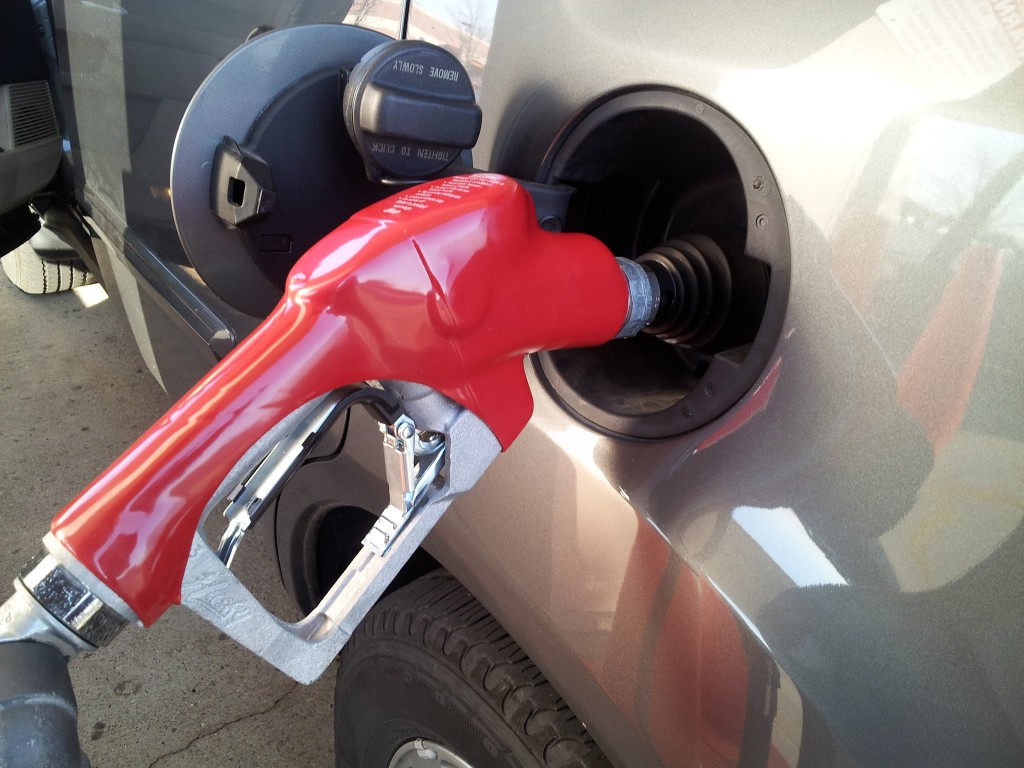Following the government's decision to scrap subsidized gasoline quotas, economists discuss the impact of higher gasoline prices on inflation. The Financial Tribune investigation shows that the new measure is unlikely to raise inflation remarkably, even though it will likely remain the topic of public conversation and grumbling for a long time.
After the official confirmation that smart fuel cards for subsidized fuel will no longer be valid, the Statistical Center of Iran released data on latest consumer price inflation. The CSI figures indicate that inflation in the 12-month period ending on May 21, which marks the end of the second Iranian month Ordibehesht, fell to a record low of 14.3 percent.
Economists disagree on the relationship between fuel prices and inflation. While some argue that higher fuel prices will inevitably fan inflation, others are more doubtful.
Saeed Laylaz, an advisor to former President Mohammad Khatami, and economics professor at Shahid Beheshti University, and Jamshid Pajooyan, former head of the Competition Council, are amongst the most influential critics of the belief that a direct and predictable link between fuel prices and inflation can be established.
Both of these professors argue that other policies, particularly monetary policies, are the more important causes of inflation. They believe the era of easy money under former President Mahmoud Ahmadinejad lies at the root of Iran's inflation problem today. Although higher fuel prices cause higher energy bills, this will only be minimally reflected in inflation, they argue.
In support of this argument, reference is often made to the increase in fuel prices in the Iranian year 1380, which ended in March 2002. While gasoline prices more than doubled from 160 to 380 rials, inflation increased only from 11.4 to 15.8 percent one year after the increase was enacted. Four years later, fuel prices doubled once again only for annual inflation to fall from over 15 percent to around 10 percent (see graph).
Other economists point to what they call the "dangerous influence" of fuel prices on inflation. Hossein Raghfar, economist at Al-Zahra University, cites the 2010 example when Iran launched its first targeted subsidy reform program. Unsubsidized fuel prices went up from 4,000 to 7,000 rials, while inflation rapidly grew from 12.4 percent in the Iranian year ending March 2011, to 21.5 percent the following year.
The Financial Tribune research shows that the relationship between inflation and fuel price increases has never been straight since the first time gasoline became more expensive in 1980. While in 1995, fuel prices doubled, inflation fell by 26 percent. In 2007, fuel prices went up by 400 percent while inflation only expanded by 7 percent. Three years later, fuel prices increased by a much less 75 percent, but inflation grew by a further 9.1 percent (see table).
Since 2007, there has been a quota system for subsidized gasoline in Iran under which passenger vehicles were given a monthly quota of 60 liters of cheaper fuel, after which they had to fill their tanks using gasoline at an unsubsidized rate. Regular gasoline will now be offered at a single price of 10,000 rials (around 30 cents) for car owners nationwide without quota while the remainder of subsidized gasoline in smart fuel cards, estimated at 2.5 billion liters, can be used by September 22.
The government of President Hassan Rouhani has been highly successful in curbing inflation. While the consumer price index was hitting records of over 35 percent two years ago, the incumbent administration has brought this down to 14.3 percent. At the same time, the government has continued the policy of gradually upping the price of fuel to the Persian Gulf Average in a bid to counter smuggling and reduce overconsumption at home.
Switching to the system where there is only one fixed price for gasoline consumption is unlikely to throw much grit in the works of the government's inflation reduction program.
For one thing, a large portion of inflation after 2010 was caused by the tightening of western sanctions against the Islamic Republic. For another, easy monetary policy, corruption, preferential exchange rates and populist social welfare projects in the past were seen as more influential in accelerating inflation than fuel price rises.
The Rouhani administration has tried to reverse many of these policies. A shrinking government budget and contractionary monetary policies are seen as important reasons for lower inflation now, although they have also been blamed for stifling economic growth and investment.
Finally, a look at household expenditure data shows that housing and food take up a much larger share of the average family's spending than transport costs. While housing and food expenditures each take up about a third of total household expenditures, the average family only spends about 10 percent of their yearly budget on transport.
While the budgets of many households are already squeezed because of years of falling real wages and inflation, it is unlikely that the end of subsidized fuel will significantly exacerbate that trend.


